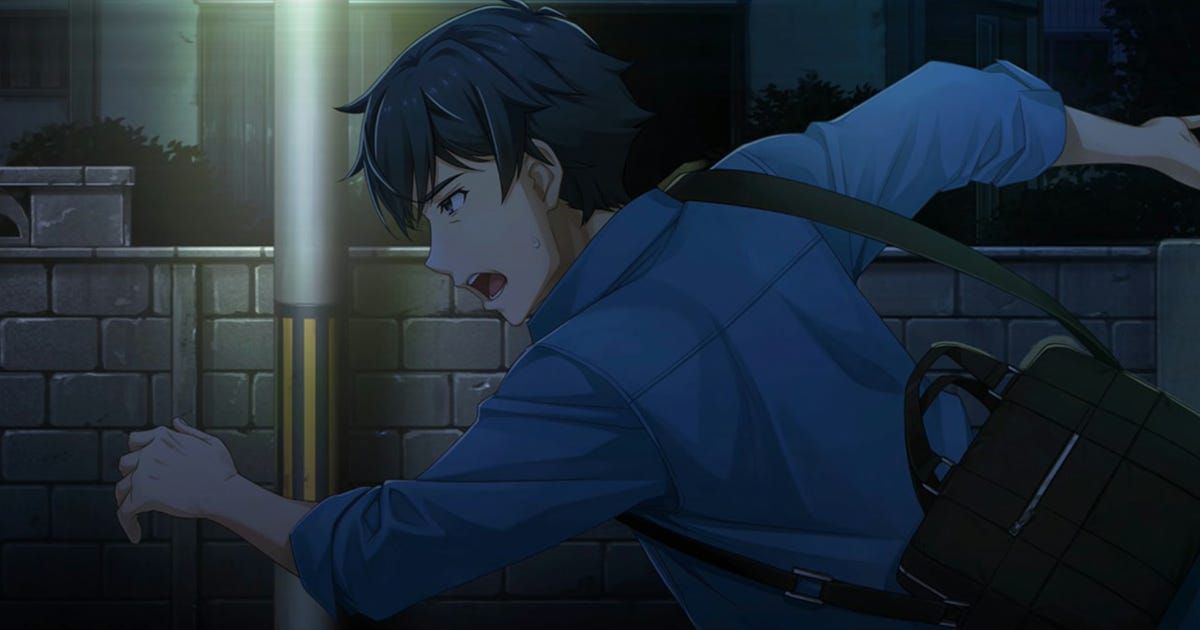
Despite Nintendo’s carefully cultivated family image, the company has produced its share of mature games over the years, from the darkly atmospheric Metroid series to the risque Bayonetta 3. And while it has seldom dabbled in outright horror, it came fairly close with Famicom Detective Club, a pair of obscure detective games from the company’s early years that are perfectly suited for Halloween.
Originally released in the late ’80s for the Famicom Disk System, a disk-drive peripheral for the company’s first home console that never launched outside of Japan, the Famicom Detective Club series spans two games: The Missing Heir and The Girl Who Stands Behind, both of which have been lavishly remade for the Nintendo Switch. (A third installment in the series was also released for Super Famicom’s short-lived Satellaview accessory, but it remains unlocalized.)
Written by Yoshio Sakamoto, who would become a household name among gaming fans for his work on the aforementioned Metroid series, the Famicom Detective Club duology stands as an early example of the visual novel genre: a type of interactive story driven primarily by the choices you make. Delving into much darker subject matter than other Nintendo games, both Famicom Detective Club titles put you in the shoes of a fledgling detective tasked with unraveling a series of mysterious murders.
While each game weaves a compelling tale full of suspense and intrigue, The Girl Who Stands Behind is particularly thrilling thanks to its snappier pace and haunting, supernatural atmosphere. After the body of a high school student is discovered in a river, you head to the school to investigate her murder, speaking with the faculty and other students to gather clues that can potentially crack the case.
As it happens, you quickly learn the murdered student was herself investigating the unsolved disappearance of a girl named Shinobu Asakawa, a former student of the school who went missing 15 years prior. Without spoiling much more of the plot, both incidents are also tied to the legend of “the girl who stands behind,” an urban myth about a blood-soaked girl who appears behind students.
Despite being written more than 30 years ago, The Girl Who Stands Behind is an engrossing — and often chilling — adventure, enlivened by the Switch version’s modernized presentation. Both it and The Missing Heir have been beautifully remade for Nintendo’s current system, with exquisite visuals and full (Japanese) voicework that adds an even greater sense of immersion.
That said, not every aspect of the games has aged gracefully. Compared to modern visual novels, the Famicom Detective Club titles can feel rigid and occasionally obtuse; there are instances where you’ll be at a loss for how to proceed and end up resorting to selecting every option from the command menu until one inevitably triggers the next conversation.
These faults, however, are easy enough to overlook in light of the games’ many enduring strengths. The Famicom Detective Club games are more than mere curios from Nintendo’s past; they’re genuinely absorbing visual novels that offer plenty of haunting thrills, which makes them the perfect way to spend a Halloween night.
